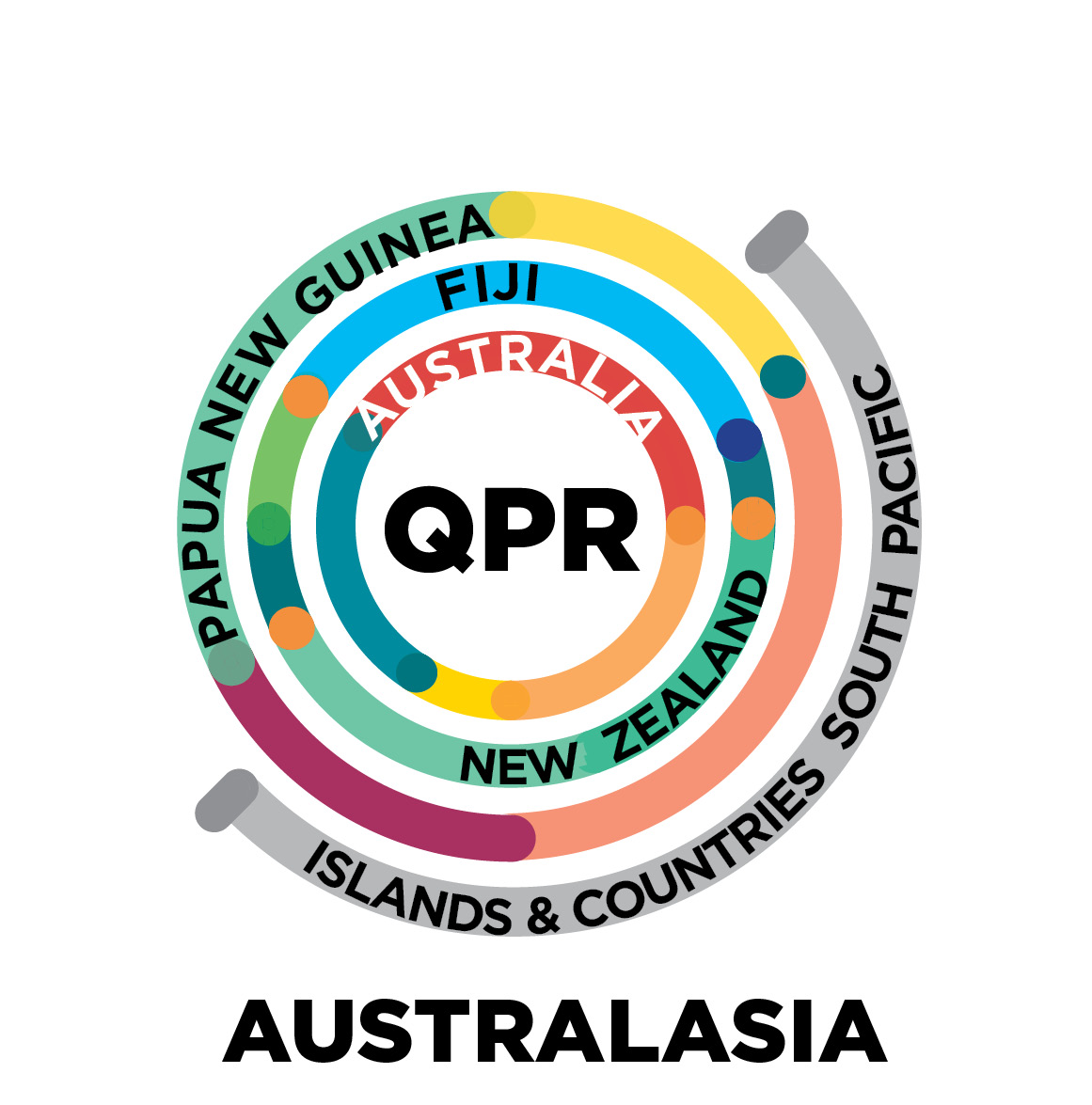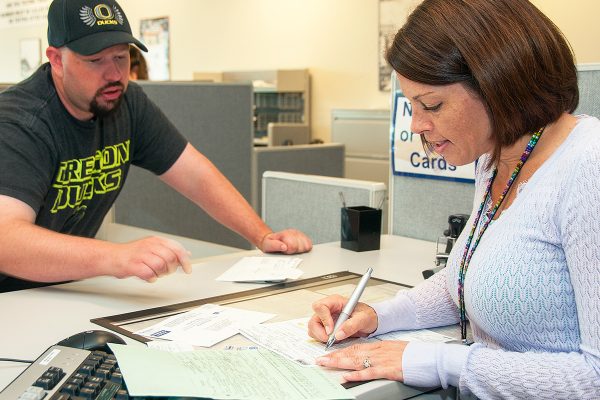
QPR for Clergy
Spiritual leaders are key gatekeepers in prevention of suicide in their communities. Learn what you need to know to assist and protect co-workers, friends, family, and those in your faith community. Suicide is a preventable cause of death, and you may be the only person in the life of someone you know who can make a difference and restore hope.
This training program is designed to address our shared mission to help each other and the suicidal people we may meet on our journey through life. Some may be members of our faith community, or friends, or even family members and colleagues. In your role as a faith leader, you may have already experienced a completed suicide, or a non-fatal suicide attempt in someone you know or someone in your community.
This training program teaches faith leaders how to detect, intervene, and initially assist suicidal people get through a personal crisis. Only evidence-based tools are taught. The course also teaches essential skills in aiding those bereaved by suicide.
$103.00
As background to this effort, the QPR Institute worked with noted spiritual leaders to build a training program designed to meet the specific needs of those working in communities of faith and those planning a career as a faith leader.
Here's what we know and why we offer this training:
- Faith leaders have been identified as "key gatekeepers" for suicide prevention and have frequent contact with persons at elevated risk for suicide.
- Faith leaders often engage with those who have attempted suicide, or the friends and family members of those who have died by suicide.
- Faith leaders are not immune to stress, depression, and other problems which may trigger suicidal thoughts. This training program is designed to address suicide risk among faith leaders, their staff, their families, and their students.
- While perceived comfort and competence in conducting suicide interventions or dealing with suicide events varies considerably, many clergy have not had specific and evidence-based suicide prevention training that would be beneficial to their work.
- Completing and passing the quizzes in this training program qualifies the learner to print the QPR for Clergy Certificate in Suicide Prevention.
Finally, the four primary goals of the QPR Institute are these:
- Raise public awareness about suicide and its prevention.
- Provide low-cost, high-tech, effective, basic Gatekeeper and intervention skills training to lay persons who may be able to prevent a suicide.
- Provide evidence-based suicide prevention and intervention training programs for a variety of professionals and for undergraduate, graduate, and post-graduate students preparing for careers in a broad range of helping professions.
- Reduce morbidity and mortality of suicidal patients or inmates served by healthcare or correctional institutions through a systems approach to suicide risk reduction that enhances clinical competencies to assess, monitor, manage and treat patients and inmates known to be at elevated risk for suicidal behaviors.
As of this writing in early 2017, the Institute and its faculty have trained almost three million gatekeepers worldwide. In addition, thousands of clinical health care providers have been trained in how to detect, assess, manage, and treat suicidal consumers.
If this sounds like an "army" of people helping to prevent suicide, it is. Now, with your help, we will create a new division in that army, marching under the banner of their faith. Our mission is at once moral, urgent, and greatly needed. Around the world, suicide rates are rising. All hands and hearts are needed now. Saving a single life is worth all of our collective effort.
Suicide is one of the most critical health concerns, both in Australia and on a global scale. In 2015, over 3000 Australians died by suicide. For every suicide death, as many as 25 individuals will attempt suicide, and for some communities, such as Aboriginal and Torres Strait Islanders and LGBTI people, rates of suicide attempts and deaths are even higher.
Over the past decade in Australia, there has been a 20% increase in the number of suicides and suicide is the leading cause of death for Australians aged 15-44.
We also know that suicide rates of Aboriginal and Torres Strait Islander people are at least twice that of non-Indigenous Australians, and that while women make more suicide attempts, 75% of suicides are by men.
Some people in the community are particularly vulnerable, for example men aged 18 to 24 who have previously served in the Australian Defence Forces are twice as likely to die by suicide as men of the same age in the general population. Other workforces with higher risk of suicide can include those working in agricultural, transport and construction and health sectors.
Clearly, the need for QPR training across the community is very high.
You may know someone who has made a suicide attempt, or may even know someone who died by suicide. It is likely you know someone who has thought, or is thinking, about suicide.
While expert opinion may differ as to what helper competencies are required to assist suicidal persons achieve the most beneficial outcomes, little controversy exists about the lack of qualified manpower to help the thousands of people who think about, attempt and sometimes die by suicide. Through this training, faith leaders become a part of the solution.
The history and source of these training programs is derived from earlier research and development work in partnership with Washington State University, The Washington Institute for Mental Health Research, the Washington State Youth Suicide Prevention Program, Spokane Mental Health, and Spokane County Regional Health District.
We believe everyone has a role to play in preventing suicide and that clergymen and women carry a great deal of this burden to protect and serve suicidal people.
This training is not a substitute for a university degree in counselling or other helping profession, nor can it provide the face-to-face supervised interaction in role-plays we recommend and which are included in the free training support package. Some clergy will have had advanced training in counseling and psychotherapy, but many will not.
This course also does not teach the formal suicide risk assessment or risk management skills, but other of our courses do, e.g., the QPRT Suicide Risk Assessment and Risk Management training program. However, this course does teach the same foundational knowledge about causes of suicidal behavior and the relationship of mental illness and substance abuse to suicide.
- Participants must be at least 18 years of age
- If employed by, or volunteering for, an organization, participants agree to accept all expectations and employment rules of their parent organization
- The QPR Institute does not vet or otherwise qualify students for this course.
Modularized in a rich mix of text, video, voice-over PowerPoint™ lectures, interactive practice sessions, and other state-of-the-art e-learning technologies, this training program includes specific knowledge and skills researchers have identified as safe and effective in helping suicidal people and their loved ones.
QPR for Clergy training requires 6+ hours, with final exam. If the learner passes this national exam, he or she will have demonstrated more knowledge about suicide and its prevention than a large majority of licensed mental health professionals.
At the end of training participants should be able to:
- Understand the common myths and facts surrounding suicide
- Recognize someone at risk of suicide
- Demonstrate increased knowledge about suicide and its causes
- Identify unique verbal, behavioral, and situational suicide warning signs
- Know how to inquire about suicidal intent and desire
- Know how to engage and assist a suicidal colleague or co-worker
- Apply QPR with potentially suicidal citizens
- Demonstrate QPR intervention skills
- Understand suicide as a major public health problem.
- Describe and locate major suicide prevention web sites and online resources
- Describe the scope of the problem of suicide in his or her state or province
- Identify at least three suicide warning signs
- Identify at least three risk factors for suicide
- Identify at least three protective factors against suicide
- Understand means restriction and how to immediately reduce risk
- Understand the nature of suicide and describe at least one theory of suicidal behavior
- Describe basic helping skills following suicide attempts or completions
- Describe the relationship of mental illness and substance abuse to suicide and understand the fundamentals of our current knowledge about suicide and its prevention
NOTE: this exam covers US statistics only; clergy from other countries are obliged to learn similar figures from public health web sites in their own countries.




